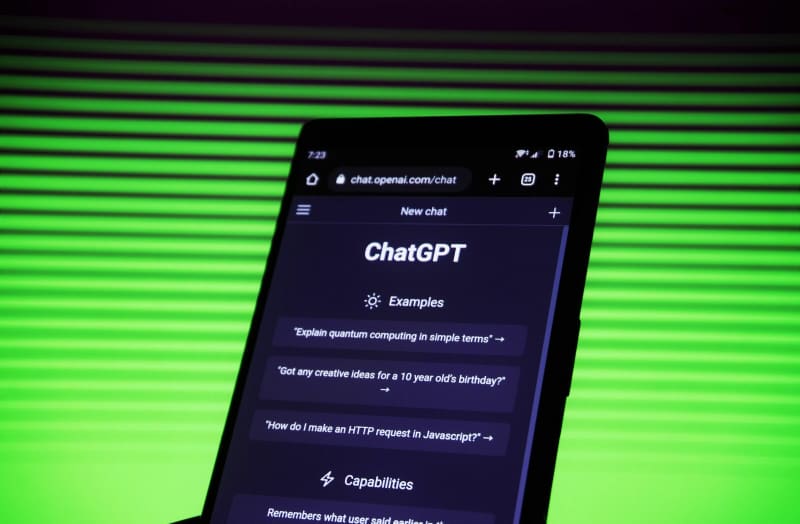Large language models (LLMs) are a big deal in artificial intelligence. They use huge amounts of data to understand and create text that looks like it’s written by a person. These models are part of the broader field of natural language processing (NLP) and are trained on vast amounts of textual data to learn patterns, relationships, and nuances of language. The term “large” refers to the scale of these models, which are characterized by having a massive number of parameters.
This guide explores their wide-ranging applications for developers and others, key characteristics, and both the benefits and limitations associated with their use. In the end, you will also learn about the importance of effective prompts for better results. So, without further ado let’s dive in.
Characteristics of Large Language Models (LLMs)
Large Size
LLMs are trained on massive datasets of text and code, often exceeding billions or even trillions of words. This vast data exposure enables them to capture complex linguistic patterns and relationships.
Highly Adaptive
LLMs are typically pre-trained on large datasets in an unsupervised manner, where the model learns the intricacies of language. After pre-training, the models can be fine-tuned on specific tasks or domains to enhance performance.
Contextual Comprehension
LLMs demonstrate proficiency in contextual understanding, enabling them to take into account the context of a word or phrase within a sentence to deduce its meaning. This heightened awareness of context empowers them to produce responses that are both coherent and contextually appropriate.
Versatility
LLMs demonstrate versatility and proficiency in an extensive array of functions, such as:
- Generating text: Crafting human-like text in various styles, such as poems, code, scripts, musical compositions, emails, letters, and more.
- Translation: Precisely translating text across languages, overcoming language barriers.
- Answering questions: Supplying informative and pertinent responses to questions posed naturally.
- Summarization: Condensing lengthy text into meaningful summaries.
- Dialogue generation: Participating in authentic and natural conversations, emulating human interaction.
Continuous Improvement
Characterized by continuous improvement, LLMs undergo ongoing development, resulting in constant enhancements in performance. The iterative nature of their evolution is driven by exposure to a growing volume of data and the utilization of increased computing power, collectively contributing to a relentless pursuit of improvement over time.
LLMs helping Developers
LLMs help developers by enhancing the coding process by offering assistance in code generation, summarization, bug detection, documentation, refactoring, educational support, natural language interactions, and code translation. Their capabilities contribute to increased productivity and efficiency in software development.

Let’s discuss them one by one:
- Code Generation
LLMs can generate code snippets based on natural language descriptions or requirements. Developers can provide high-level instructions, and LLMs can assist in translating these into functional code segments, saving time and effort.
- Code Summarization
LLMs can be used to summarize and explain existing code. This is particularly helpful for understanding complex codebases, as LLMs can provide concise and human-readable explanations for different sections of code.
- Bug Detection and Correction
LLMs can aid in detecting and even suggesting corrections for code bugs. By analyzing code snippets, LLMs can identify common programming errors and recommend fixes, contributing to improved code quality.
- Documentation Assistance
LLMs can assist in writing code documentation. Developers can input information or queries, and LLMs can generate detailed explanations or documentation snippets, helping to maintain thorough and up-to-date documentation.
- Code Refactoring Suggestions
LLMs can provide suggestions for code refactoring, helping developers improve the structure, readability, and efficiency of their code. This can lead to better-maintained and more scalable software.
- Learning and Assistance for Beginners
LLMs can serve as educational tools, assisting novice programmers in understanding coding concepts, syntax, and best practices. They can answer queries, provide examples, and offer guidance on various programming tasks.
- Natural Language Interface for Coding
LLMs can act as a natural language interface for coding, allowing developers to interact with code using plain language. This is particularly beneficial for those who may not be proficient in a specific programming language but still need to perform coding-related tasks.
- Code Translation
LLMs can aid in translating code between programming languages. Developers can express their requirements in natural language, and LLMs can generate equivalent code in a different programming language, promoting interoperability.
LLMs for all
Let’s now delve into the other wide-ranging applications of LLMs:
Natural Language Processing (NLP)
LLMs are part of the broader field of NLP, where they perform tasks such as text summarization, and condensing extensive passages into concise summaries. Additionally, they demonstrate proficiency in sentiment analysis, comprehending and evaluating sentiments expressed in textual content.
Furthermore, LLMs enhance the accuracy and efficiency of machine translation, enabling seamless communication across languages. Their question-answering capabilities facilitate precise responses to user queries, revolutionizing information retrieval.
Content Creation
In content creation, LLMs are essential tools with versatile capabilities. They contribute to creative writing by generating a variety of text formats, such as poems, code, scripts, musical compositions, emails, and letters. Additionally, LLMs demonstrate their proficiency in dialogue generation, creating realistic and engaging conversations for applications like chatbots and virtual assistants.
Education and Training
LLMs play a pivotal role in shaping the future of education and training. They support personalized learning experiences by tailoring educational content for students and employees. Additionally, LLMs aid in the development of training materials, creating engaging and informative resources. As a feedback mechanism, these models provide constructive feedback on written work, enhancing the learning process.
Customer Service
LLMs enhance issue resolution quality and efficiency by comprehending customer queries, thereby improving the overall customer experience. Additionally, these models provide personalized recommendations, tailoring suggestions to individual preferences.
Research and Discovery
LLMs prove invaluable with their pattern recognition capabilities, enabling the analysis of extensive text datasets and the identification of intricate patterns and trends. Their contribution extends to diverse scientific fields such as medicine, science, and social science, underscoring their potential to significantly advance knowledge and understanding.
Limitations of LLMs
LLMs exhibit limitations that warrant consideration across different dimensions. First, there is a susceptibility to biases inherent in the training data, emphasizing the need for awareness and concerted efforts to mitigate biases in their applications.
Second, the decision-making process of LLMs may lack transparency, potentially impacting trust in specific applications. Ongoing research is actively addressing this concern to enhance the interpretability of LLMs.
Lastly, the deployment and operation of LLMs come with high costs, posing accessibility challenges for certain users due to financial constraints. Recognizing and addressing these limitations is crucial for fostering responsible and inclusive use of LLMs in various contexts.
The Role of Prompts
A “prompt” refers to the input provided to the model to generate a desired output. Creating good prompts for Large Language Models (LLMs) is like an art that needs clear and precise instructions.
To make these models work well, you have to give them specific and clear prompts that explain what you want. Using simple and clear language with clear instructions helps the model understand what it needs to do. Also, giving extra information in the prompts helps the models give better and more fitting responses.
It’s important to try different prompts and make them better based on what the model learns. Finding the right balance between being specific and flexible in your prompts helps the models understand and respond well to different things people ask, making the whole process of creating prompts really important for using these powerful language models.
Wrap Up!
In conclusion, while LLMs present incredible potential for revolutionizing various aspects of our lives, it’s crucial to be aware of their limitations. The continuous development of these models promises increased sophistication, paving the way for tackling even more complex tasks. As the field of artificial intelligence evolves, the future holds exciting possibilities for the continued advancement of large language models.








Top comments (0)